Day 1 of the 2021 Brooklyn 6G summit looked at the upcoming standards, features, and enhancements to 5G while the research community explores 6G technologies.
How long has 5G really been around? Well, the first NYU Wireless Brooklyn 5G Summit took place in 2014. After taking 2020 off because of COVID-19, the conference is back. This time it’s called Brooklyn 6G and was all virtual.
The two-day Brooklyn 6G Summit could have been called “Brooklyn 5.5G” because the first of the two days focused on 5G and day 2 focused on 6G. Indeed, two other conferences early this month — 6G Symposium and 5G World Forum — both covered 5G and 6G. But wait, 5.5G, which the industry calls 5G Advanced, is an entity unto itself. 5G Advanced should bring enhancements to 5G in the second half of this decade, mostly for industrial, automotive, medical, smart cities, and IoT use cases.
Nokia’s Tommi Uitto explained that “5G is now two years in and we are migrating to 5G standalone, no longer anchored to 4G.” That doesn’t mean 4G is going away, it’s just that 5G won’t need 4G for much longer. He also noted that 3GPP Release 17 will bring greater levels of connectivity through NB-IoT and 5G NR-Lite. 5G Advanced will begin to take shape in 2023 and 2024 (Figure 1) with network “modernization” from 2025 to 2027. Thus, 5G has a long way to go before 6G begins deployment.
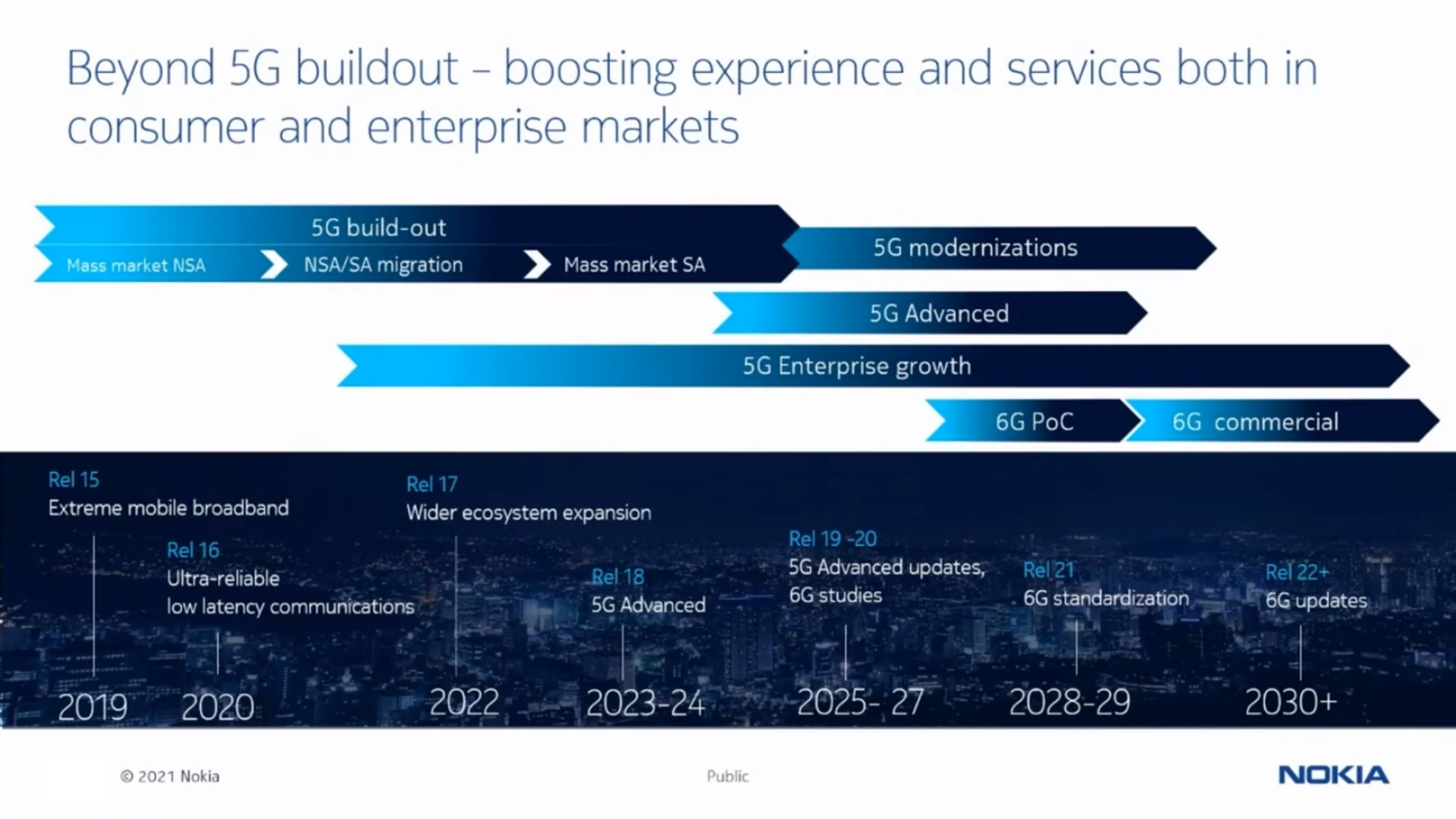
Figure 1. Nokia’s Tommi Uitto was one of several speakers to show a timeline for 5G, 5G Advanced, and 6G. Source: Nokia, Brooklyn 6G Summit
“Indoor coverage will be important,” said Uitto. It will densify the network. “We hear from operators that it’s difficult to add many more macro sites. We also hear that 3.5 GHz doesn’t penetrate buildings well when transmitted from a macro site. Even at maximum power, we will need indoor coverage to densify the network.” That’s created a market for repeaters and other technologies to bring 5G and mmWave service indoors.
Qualcomm’s John Smee noted that 5G operates across many spectrum bands covering from below 1 GHz for wide-area deployment to mmWave for high-bandwidth applications. “5G is also moving into Sidelink for vehicle applications.” He then mentioned the energy-per-bit issue as a way for 5G networks to become more energy efficient than their predecessors. Energy per bit and total energy, however, aren’t the same. 5G can indeed transport many more bits per second than 4G. 5G, however, needs all of those small cells, repeaters, and other devices to bring 5G mmWave signals sufficient coverage. 4G doesn’t need that additional infrastructure nor the energy to drive it.
Smee continued the discussion on 3GPP releases, noting that Release 18 will be the inflection point from 5G to 5G Advanced. He spoke of merging the physical, digital, and virtual worlds, a concept that many speak of at 5G/6G conferences. For the physical world, Smee spoke of data asking “where is the data being processed, at the device, the edge cloud, or central cloud, which is more than 50 ms away from the user? Things will happen closer to the end user.” That, combined with “digital twins” is shaping how we use data, according to Smee.
Mikael Höök of Ericsson covered the technical aspects of the 3GPP releases. He included the 5G New Radio reduced capabilities (RedCap) concept coming in Release 18. The goal of RedCap is to provide communications for non-phone devices that need more bandwidth than NB-IoT or 5G-Lite can provide. One of the RedCap goals is to develop devices that don’t need batteries and can therefore run forever. Figure 2 highlights RedCap and other 5G Advanced flagship features.
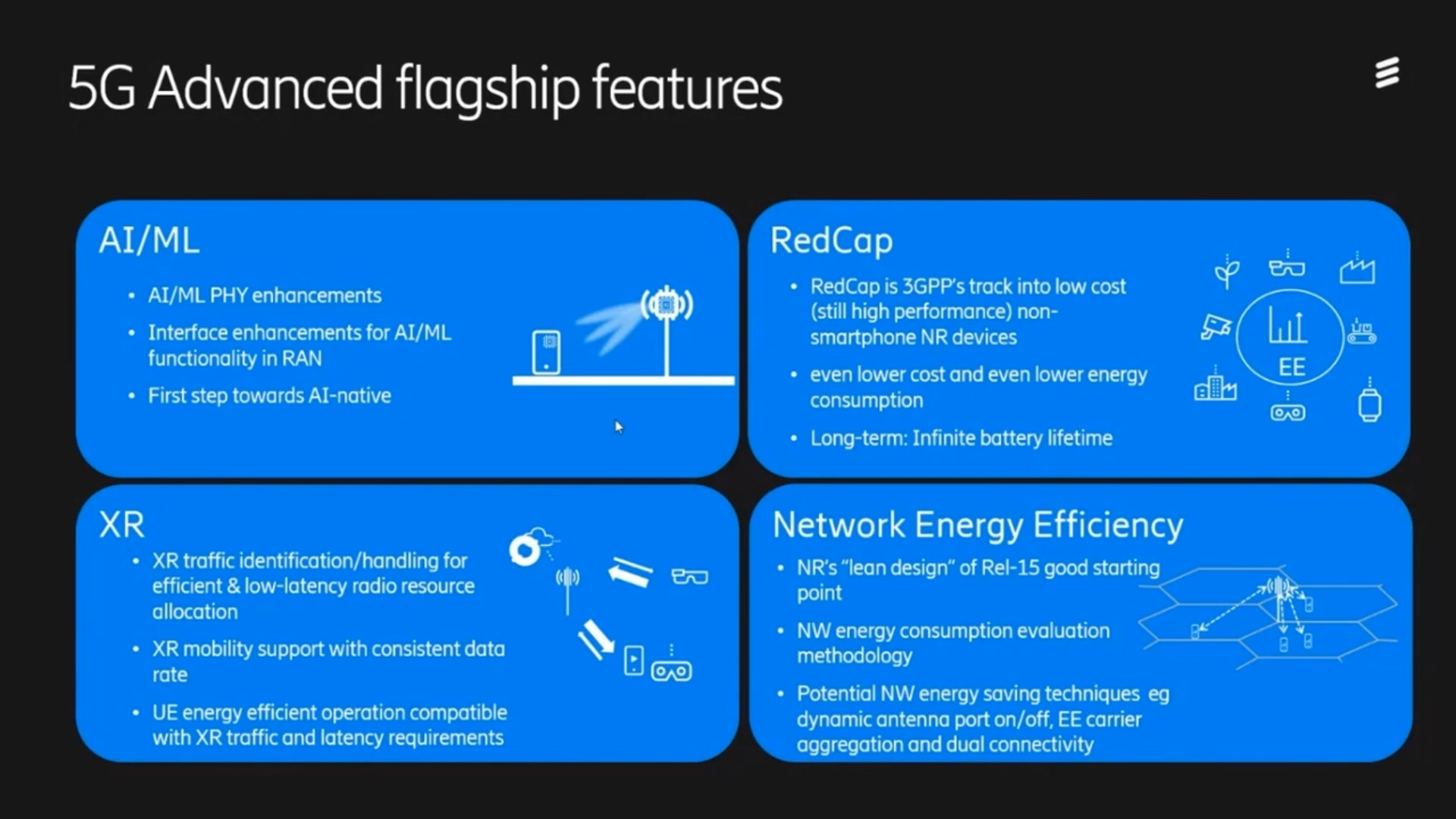
Figure 2. Mikael Höök of Ericsson Research highlighted four possible features of 5G Advanced, expected in the second half of the 2020s. Source: Ericsson, Brooklyn 6G Summit.
The day closed with a panel session, “Maximizing the value of 5G and its evolution.” Here, panelists were asked about the status of 5G and what it will take to reach its full potential.
Moderator Phil Solis asked, “On a scale of 1 to 10, where are 5G networks and devices today compared to where we want them to be?”
“You have to break that up into RAN and Dish Networks’ Sidd Chenumolu opened by saying “you have to separate it into radio access networks (RANs) and network cores. For standards, I’d give us an eight for RAN and a six for core. For deployment a three for RAN and five for core.”
“We’re in Great shape,” said T-Mobile’s Karri Kuoppamaki. He gave the industry and eight citing the fact that deployment has been underway for just two years.
“5G is still lacking in terms of delivering the user experience,” added AT&T’s Gordon Mansfield. We need apps and use cases in the hands of the consumer. We’ll start to see that in 2022 and more so in 2023.” Sidd cited a need for network slices to deliver the quality of service needed to bring on new use cases such as holograms and whiteboard sharing for education.
The conversation then shifted to spectrum where everyone agreed that 5G needs to use the low-band, mid-band, and mmWave band to get the full experiences. “We need mmWave for high speed and low latency, but we need the lower frequency bands for coverage” said Kuoppamaki.
“We need not just spectrum, but quality spectrum,” added Konstantinos Halkiotis from Deutsche Telekom. The spectrum must serve the end user’s experience.

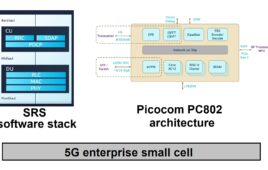
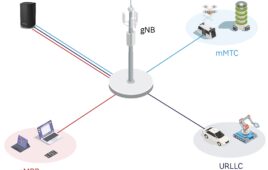
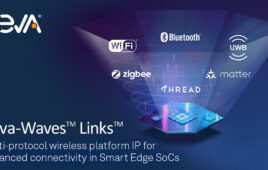
Tell Us What You Think!